With my 10mm French army (for Waterloo) now well underway I thought I’d share some pictures of what I’ve completed thus far. Based up and ready to go I have all of the troops Ney committed at Quatre-Bras, bar a single limber team (bloody limber teams). While I really like the look of this army, if you are a war-gaming purest now’s the time to look away. As Dom from “Boots on the Table” would put it the rule of cool is very much in play here.
When first planning this army I decided to go with Pendraken’s 1809 range rather than their 1815 French. This was mainly because the 1809 range is much larger and more varied than their current 1815 catalogue (at the time of writing this). I’m also a sucker for tall plumes on my light infantry which helps distinguish them from the line troops.
Pictured below are 33 infantry battalions, 33 skirmish detachments, 6 cavalry regiments and 5 batteries. This represents not only Rielle’s II Corps but also a brigade from Kellerman’s cavalry reserve that also fought at Quatre-Bras.
Individual command stands for each brigade, division and Corps commander have also been completed. They are shown with the formation they commanded on the day. These command stands all contain a dice holder to track the morale of each formation within the army as a whole.
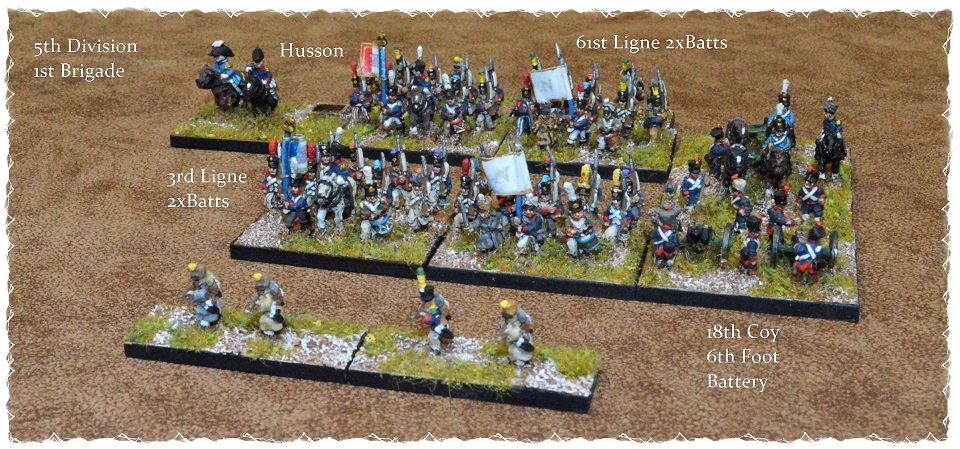

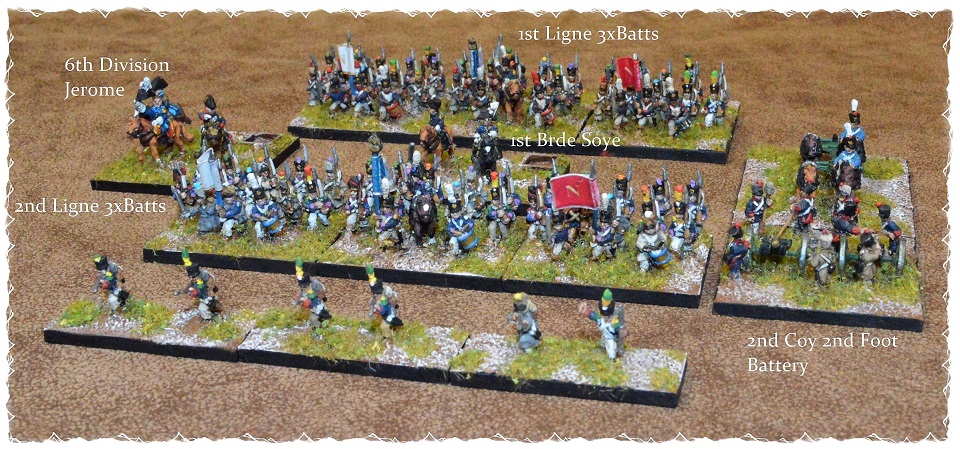

So why did I go with 10mm figures and decide to make single-stand units you might ask? The simple answer here is that it was a necessary compromise in order to get the gameplay I was after. I’ve always wanted to fight big battles at a battalion level. However, if you use multi-stand units to do this then you can quickly run out of space on an average-sized table. Black powder epic is a classic example of this. Three 80mm stands packed with figures may look really cool, but when deployed into a line that’s a 240mm frontage per battalion.
In my own experimental rules (On to Glory) each stand represents a unit and its formation is defined by its situation, movement or army doctrine. This saves me two things, table space, money (fewer figures to buy) and game time (no formation changes). Oh wait that’s three things, yes three things. Table space, money, game time and painting time. Oh, damn it four things.
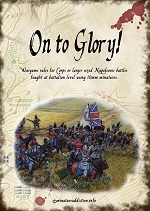
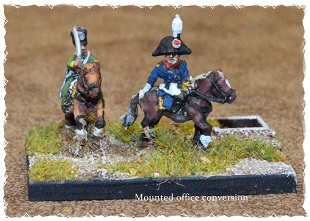
Unfortunately, when building this army I found Pendraken had pretty much one standard pose for their mounted offices. The old wave your sword in the air like you just don’t care look (as Gauthier pictured below). A nice enough pose, but as “OTG” has a lot of command stands I needed some variation here. While I managed to supplement this to a certain degree with figures from other manufacturers. I also tried my hand at some simple conversions.
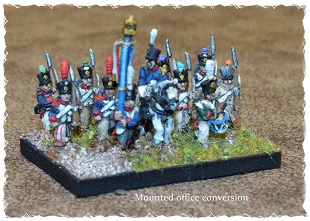
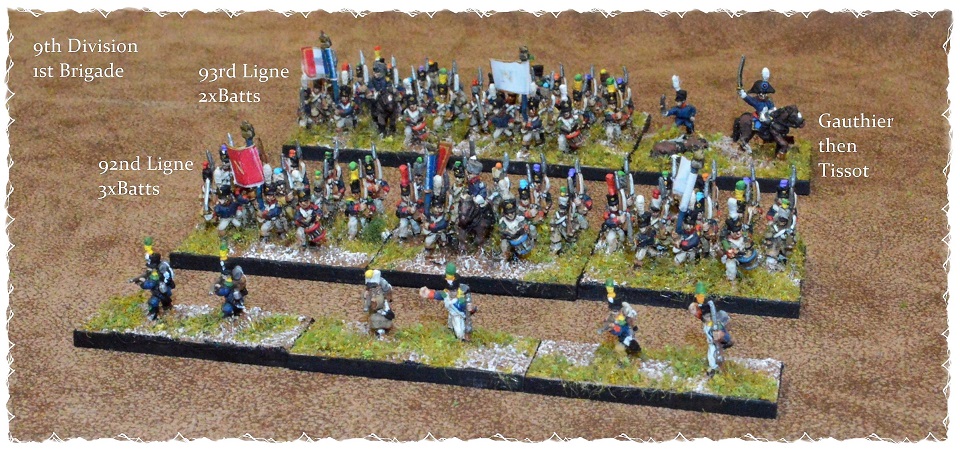
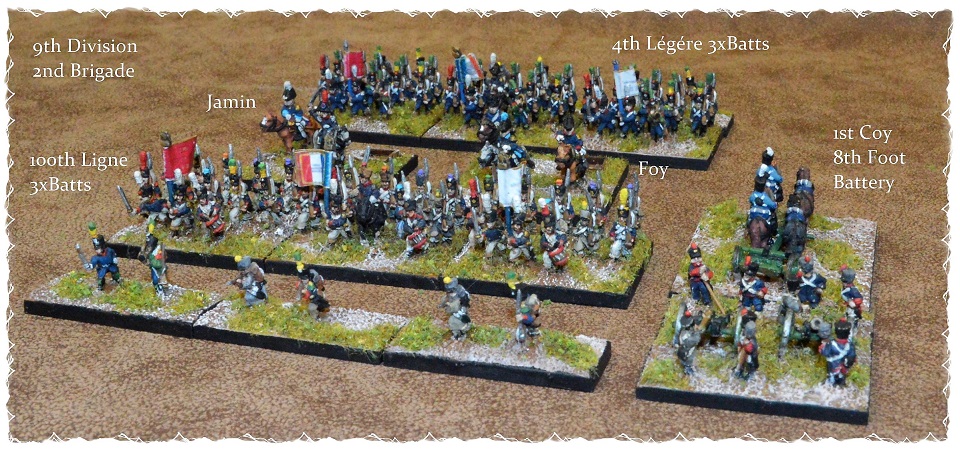
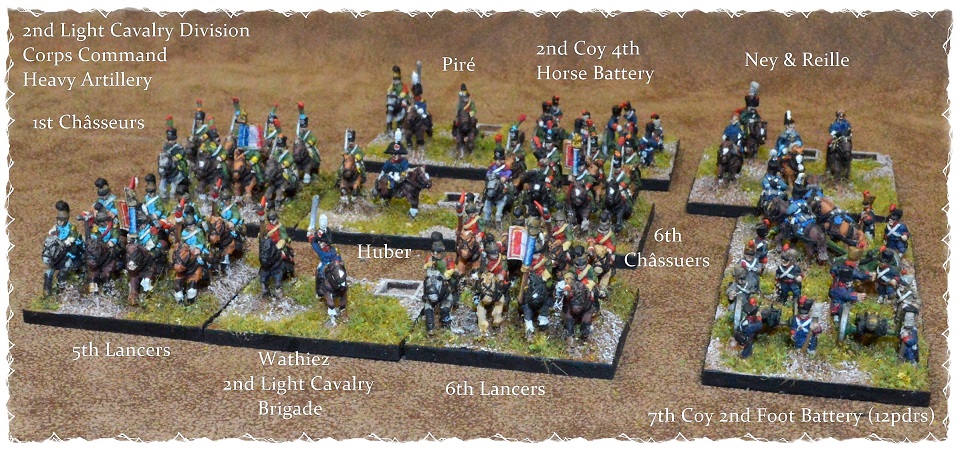
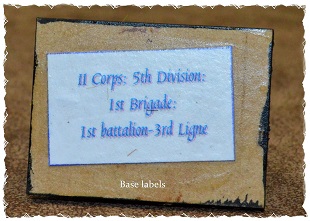
All bases except army command stands have a 40mm frontage. This frontage (like many of the systems used for gaming ancients) is also the basic unit of measurement in OTG.
Brigade commanders and infantry battalions are mounted on 40/30mm bases. The first battalion in each of my French infantry regiments has a mounted commander (the rule of cool again) leading it into battle.

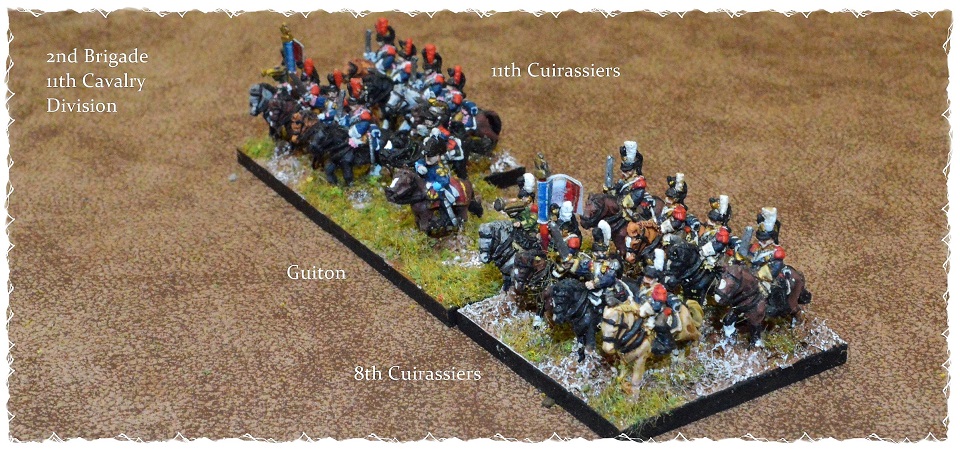
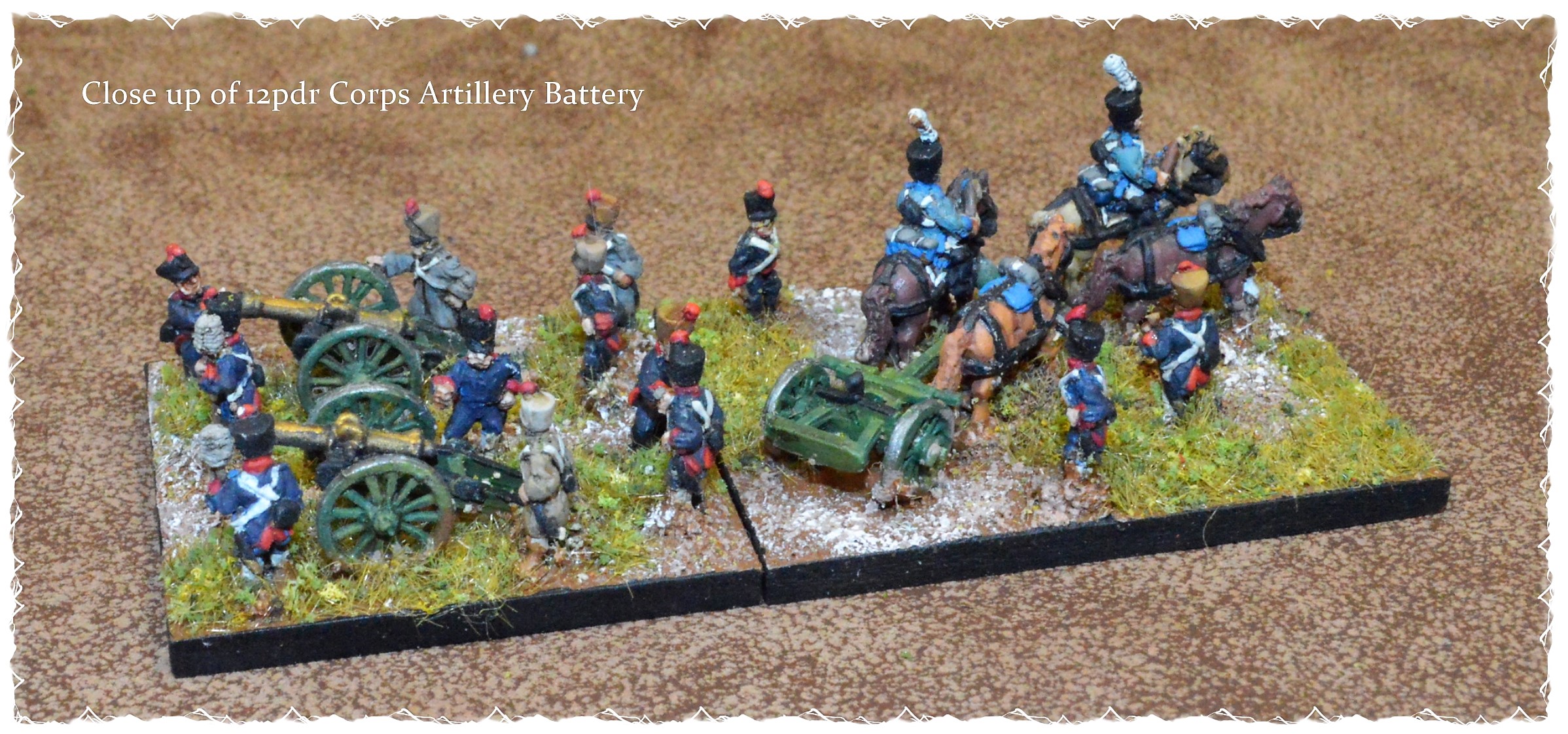
The Chicken or the egg?
I thought I’d finish up this post with a last ramble on why I based this army the way I did. When it comes to Napoleonic battles (not skirmishers) my personal experience falls into a couple of basic game scales.
- Small to medium scale: This evolves three to five brigades duking it out with multi-stand units on a 6/4 table. I find these games are generally great fun with a focus on troop formations (line, column, square) and orders (attack, defend etc). However, if you push these systems up to an army-level battle you’ll start to run into play-time and table-space issues pretty quickly.
- Full-scale battles: Systems like Sam Mustafa’s Blücher or Grande Armée handle this type of game well. Here brigades are represented on the tabletop by a single stand that has a number of strength points. Again great systems, but (I find) you lose the ability to collect and paint your favourite units for the tabletop. These battles tend to feel more like a board game than a miniature war-game to me.
There are of course rule systems out there that fudge the line between what units represent on the tabletop in order to span the gap between both scales. Bataille Empire for example where a unit can sometimes be a battalion or an entire regiment (of 2-5 battalions).
While I admit there is still an uncountable number of systems out there that I’m yet to read. Time is short, and lord knows I’ve rummaged through more sets than I can remember already. In the end, my personal path of Napoleonic rule madness has, for better or worse led me here. A simple basing system with my own home-baked rules. Next time I hope to post my Allied army for Quatre-Bras.